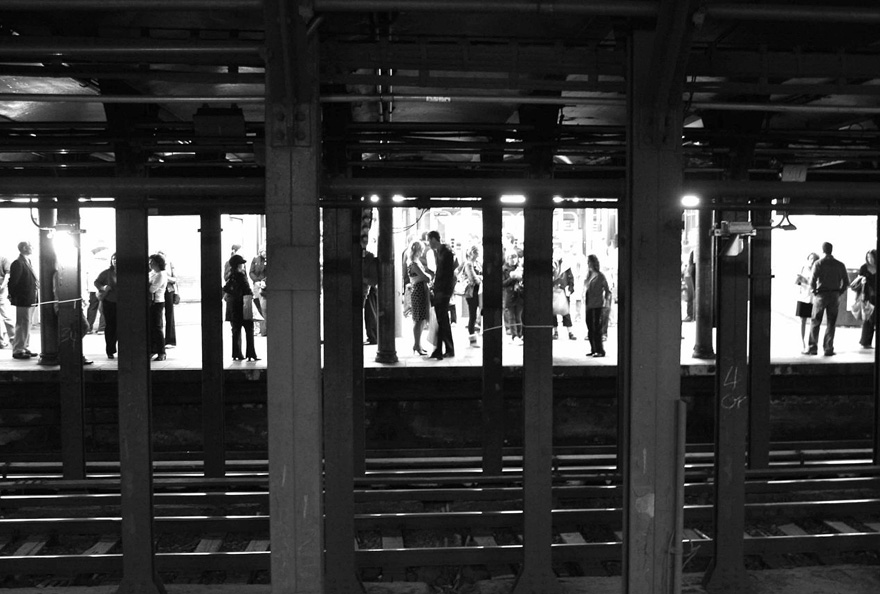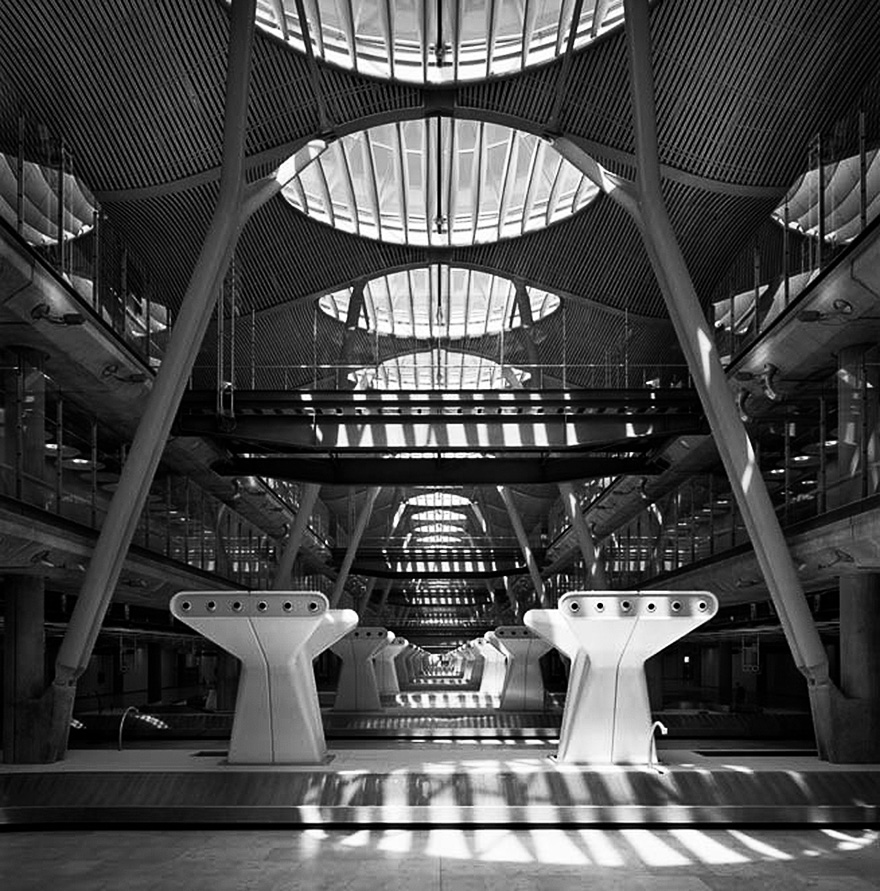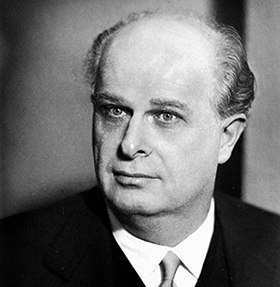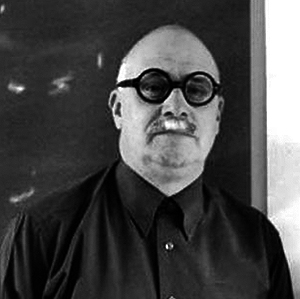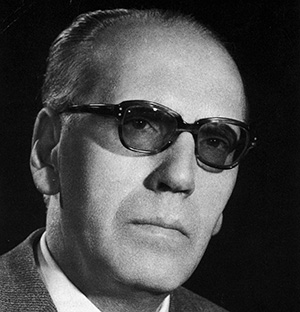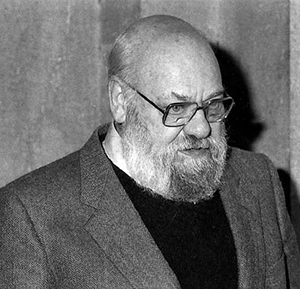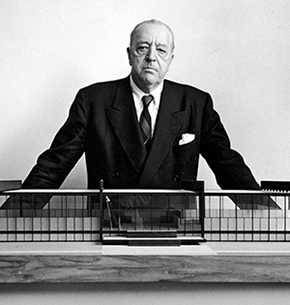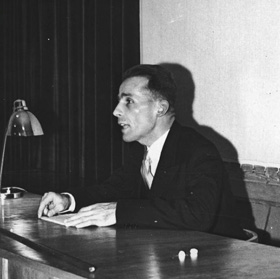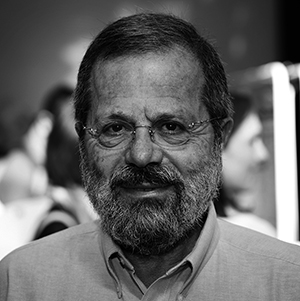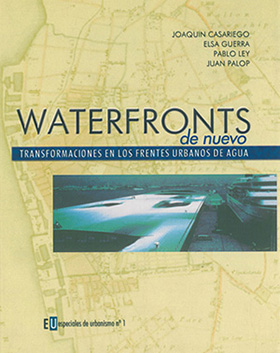A personal reflection on what happened to the Spanish Architecture
By Oscar Tenreiro
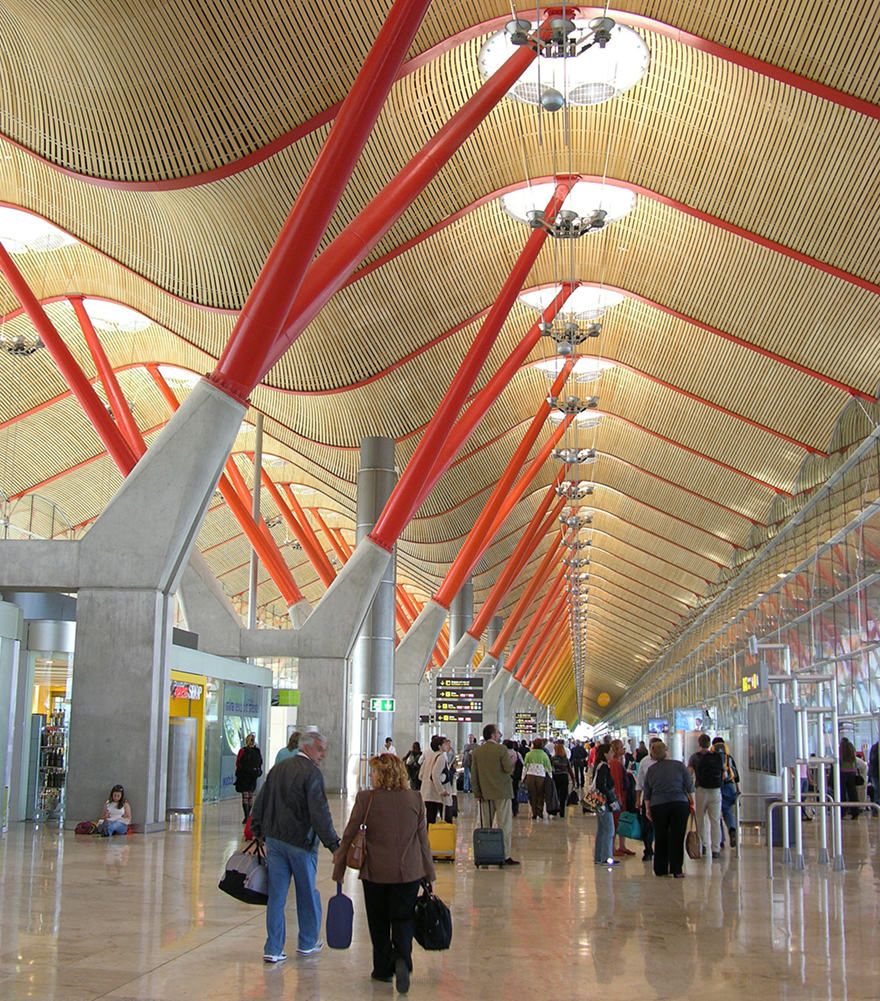
Barajas Airport, Madrid. Central space Departures Terminal T-4. Architects: Lamela y Rogers Patnership
The current European crisis, how hard has touched Spain, us think, again, on distances and similarities we have with the Motherland.
Could be described as the tendency to live affinity obstacles as final defeats. With an all or nothing mentality. Trait, reportedly much here, makes people always try to score winner. It seems that we lose not part of a stumbling way that does not deny a future gain. And it seems also that the people of the peninsula tend to be well, if it was not the pure Spanish sense of honor and loyalty with superior value, moderating behavior ends. The weight of the ethical content diverse ends as differentiating.
But there is one other thing that we're a lot. Difficulty in realizing that it's time to twist a course and then, in so doing, bear the consequences. On one hand, reacts to events late and on the other is trying to reduce the problems that reaction raises a simple opposition of views, disdaining the complexities, simplifying to evade collective responsibility. Traits, if we are very schematic can give us some clues to partially explain the origin and development of the Spanish crisis.
Because since it became clear the gravity of the economic problems, noteworthy that the Spanish press seems primarily concerned with how to report half the country lists blame the other half is in relation to what happened. It enlivens and discrepancies scenario far is to promote the necessary agreement to overcome the crisis, hiding in a way that produces large stupor to those observed from outside, what we might call the maturity of a society strong and very established cultural roots.
We assaults that same feeling when we get comments from the world of the architects, references to things that are written and formally or informally discussed regarding the role fulfilled the architecture of the spectacle as emblem or early manifestation of the excesses that led to the crisis in Spain.
Of course it was obvious that the architectural parties had been held in Spain had much of unreality. There was to be a very keen observer to fall into the excesses. Buildings were made in Spain with a level of refinement rarely seen in the world's richest countries. Few people did notice out of the comments on the sly, among friends. Apparently, the "intelligentsia" of the architectural world, critics, historians, commentators, people from academia even, did not have a clear position, or at least did not notice in relation to the frenzy of public and private leadership to embark on building things were surprising to the extent of the country's economy. And rather clear that many of the best-known critics were the first to join the party.
Now, arriving openly the impact of the crisis, simplifying playing that spirit that I mentioned above, has begun to make common in comments published in Spain devaluation block architectural experiences of recent years, putting everything in the same bag. It's a guilty finding very similar to that permeates the economic and political world, very combative but suspect immaturity.
The uncomfortable consequence of this reductionism is that you begin to ignore the positive aspects of the enormous effort in public facilities of all kinds that are made in Spain in the last two decades. An effort that, despite all the very reprehensible excesses will though as assets of a company.
What inspires my note today is, precisely, a critique of the pendulum that political correctness makes the moment is insult architectures and architects without differentiation. Something that is very necessary when, as I do, compared to what happens in some other parts of the world where the "surplus" money not addressed the collective equipment but the pure recycling bank, Ultimately that leaves little to the people in general, outside who star.
And I took the example of Barajas, because in that building are cause for my admiration bell inspires me great distances, but, is because as a must in my family visits to the peninsula, I have known a little and lends to illustrate what I mean.
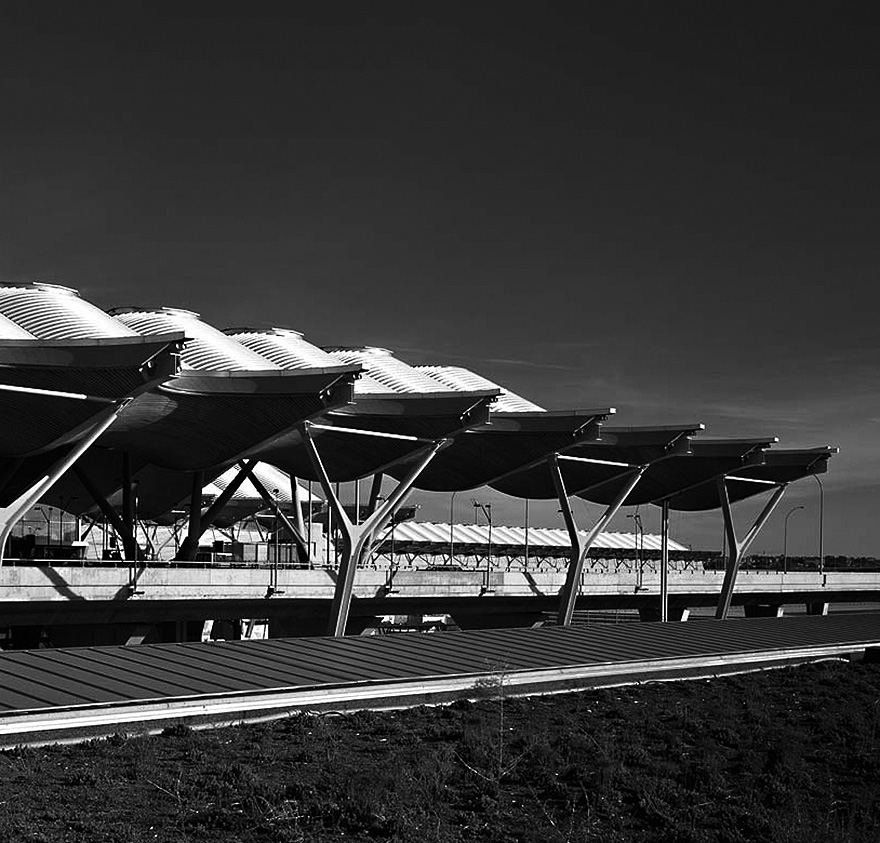
The silhouette of the covers feature in new buildings Barajas Airport.
These distances are especially focused on the way Rogers sees the architecture, marked by the desire to display in a certain way to build (High-Tech) assumed to be almost as dogma. A "look mom no hands" antagonistic to the need to foster psychological Augusto Komendant silence stood out as one of the most important attributes of the architecture of Louis Kahn.
During this last trip contemplated at the enormous windows on both sides of the ship, they are a good example of what I call the note "decomposition into independent parts" associated with an insistence that, repeat, borders on the dogmatic, to work all the details of building using clamping elements on display. Display required for maintenance intensive stainless steel. Material that is everywhere, luminaries, luminaire support, air conditioning diffusers, signaling bearers, watches, talking on defense, door frames, doors, and the list could go. And do not say that there is no reason for it but it becomes a reason because of the way of designing.
The search for natural light seems so commendable reason I highlight in note, but less commendable is that it does not interfere with, all bridges that communicate between different parts of the building have floors and laminated tempered glass and structures are themselves new reason for exhibitionism.
Barajas is clear therefore that, despite the merits that feature on experience regarding the equity, is an example of the architecture of affluence, such as might be many of the buildings by the same architect or some of his fellow high-tech route that have made a deployment architecture effects whose sustainability was provided mainly rivers of money that made them possible. Not in the concept that originates the building, as we said, the old and forgotten principles of modern rationality, but the effort, once constructed, by make money based sustainable technology and powerful countries. Is a snake biting its tail.
PRIVATE-PUBLIC
The Metro New York is a tiny quality public service. Complies with the function of transporting people with obsolete rolling stock and only recently started renovating, Most stations are dirty, bad lighting, Air renewal may be adequate but one has the feeling of being trapped for centuries breathing air, materials are those of one hundred years ago; and many of the hits are not machined. This situation in the most important city in the world has to do with the very American notion and certainly logical from the purely economic point of view that each utility must be self-financing; and every city respond by itself with minimal intervention of the Central Government. So that service receives federal subsidies limited so only for specific projects. A feature of economic policy which is based on the marked resistance of a body of opinion in this country, to accept that the "taxpayer" (the sacred "tax payer" American) subsidies intended to. It is a way of seeing the collective unsupportive, prejudiced his conservatism elemental role of the state in modern societies. An attitude that has led to economic and peoples of the world quite recently the Nobel Prize Paul Krugman, crazy qualify GOP attitude, who wants to become sole representative of American values system that only sees his own world. To whom the city is your car, Hysteria Lane (the suburb of "desperate housewives"), Highway and Mall; being the downtown, City, only to work. And as a result of the economic crisis that vision must pay the directly affected, not all "Tax Payers". Just import the private, is the motto.
Subway New York
Old Europe.
The other side of this coin the old Europe Offer it. EUROPEAN UNION, late but still in time apparently, take steps that will make the crisis a matter shared, namely, is subject, albeit reluctantly, nationalist individualism common interest. Which raises the issue in other ways private-public.
Because strictly speaking be co-responsible economic difficulties in another country, by the crisis of the Euro, implies a notion of solidarity in the collective (difficult, resisted, but real) may well have its counterpart in the need for the collective in the city, the creation of public space, preservation, is assumed as a collective subject, as state policy. In this time of crisis in which economic pressures have acquired enormous weight in the European public, must not lose sight of that. It is a matter that should be on the table at the time of evaluating what was done and submit corrections.
In this precise sense the situation in Spain may be more kindly than usual these days. And I am referring to the Spanish public facilities, to what this country has made in institutional architecture and the creation and preservation plans of public space. That beyond excesses, there were many, deserve praise today issued with caution.
Because it was not all frivolity of the "Guggenheim effect" and the desire to make Spain, along with the Persian Gulf emirates and China's "smorgasbord", in the country in which the star architects managed to build what was seen as too costly, o arbitrary, in the rest of the world. And I want to emphasize that many of the institutional work that fueled the crisis resulted from a conception of the public to enrich the urban heritage of Spain. And that is a merit that can not be ignored.
Barajas
He reflected on that on purpose that I passed recently by the Terminal Four of Madrid Barajas, it British architect Richard Rogers (1933), finished building in 2006. Viniendo of Miami, an airport without interest, tangled, made pieces, in bad taste, was for me inevitably make comparisons. Among a way to see utilities thinking only of the performance, architectural culture that disdains; contrast and as the effort of a society to make the huge investment of a service like this an opportunity to expand the realm of the possible.
And I say this without looking at the architecture of Barajas a role, as I have written other times. Rather, I think that way "HighTech" Rogers, under which any construction event in a building must be decomposed into independent parts that are assembled individualizándolas, becomes repetitive rhetoric, a mannerism of high cost, far from good architecture of Spain. Without one stop highlighting merits, as the sequence beautiful natural finish false vaults covering the huge ship, or search for natural light, exemplary case in an airport. But the desire to make it permanent technological expressive motif casts into caricatures like the luggage space, treated as a cross by bridges cathedral glass floor in which pious figures are a huge air conditioning diffusers, white and looking solemn totems which govern the ritual of collecting the bags. Not for any good architect would both Spanish, and maybe have said. But it is mandatory to pass over those distances to highlight, We can say, cultural stance behind.
The lack of measurement of many architectural works of the show should not obscure the positive values of effort Spain by make architecture a tool to improve public life.
Article originally published on the blog of author, Between right and true 22/09/2012
